Rice Bacterial Leaf Blight Control: Treating Rice With Bacterial Leaf Blight Disease
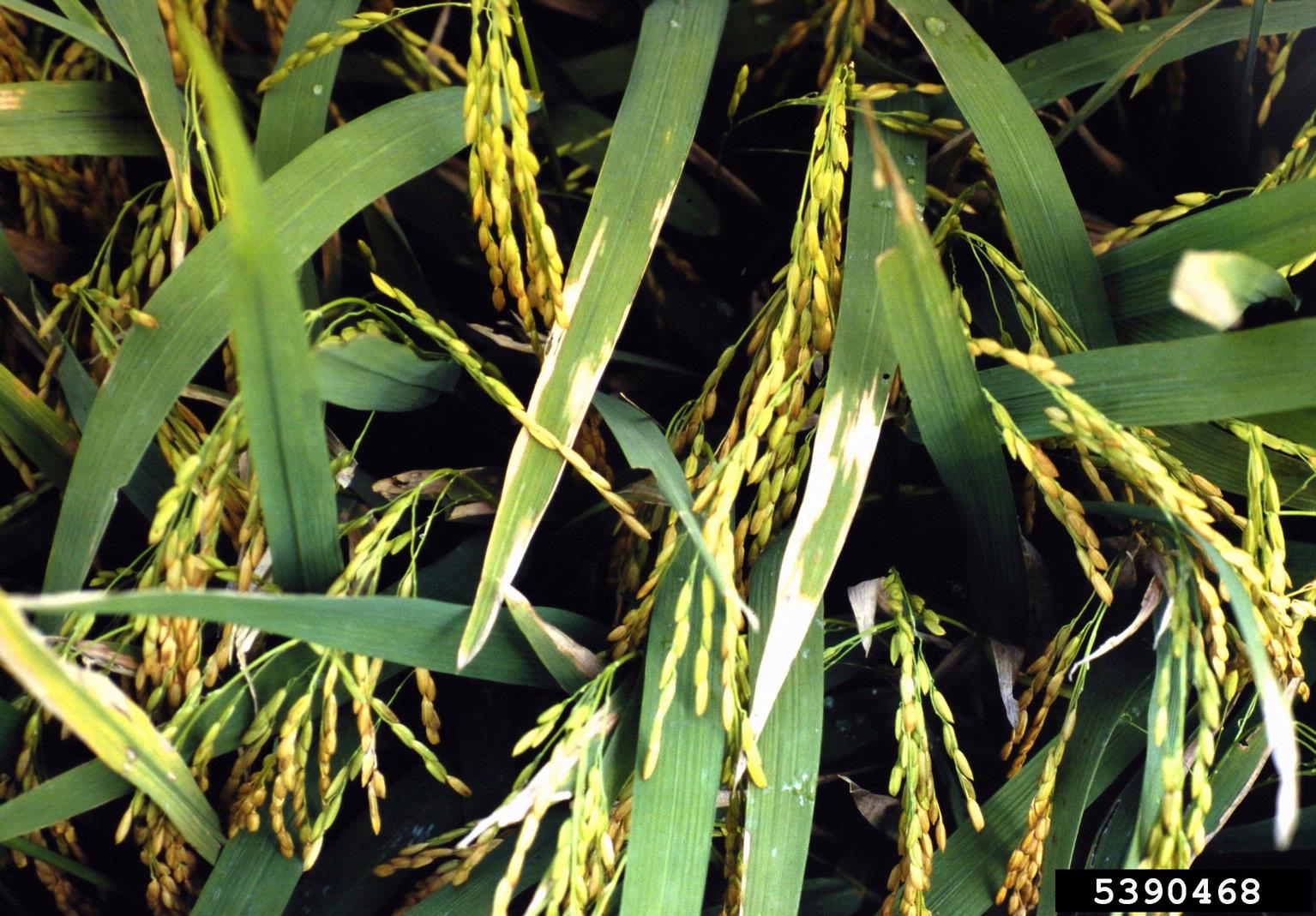
Bacterial leaf blight in rice is a serious disease of cultivated rice that, at its peak, can cause losses of up to 75%. In order to effectively control rice with bacterial leaf blight, it is important to understand what it is, including symptoms and conditions that foster the disease.
What is Rice Bacterial Leaf Blight?
Bacterial leaf blight in rice is a destructive bacterial disease that was first observed in 1884-1885 in Japan. It is caused by the bacterium Xanthomonas oryzae pv. oryzae. It is present in rice cropping regions of Asia, Africa, Australia, Latin America and the Caribbean and very rarely in the United States (Texas).
Symptoms of Rice with Bacterial Leaf Blight
The first signs of rice with bacterial leaf blight are water-soaked lesions at the edges and towards the tip of leaf blades. These lesions grow larger and release a milky sap that dries and turns a yellowish color. This is followed by characteristic, grayish-white lesions on the leaves. This last stage of infection precedes the drying out and death of the foliage.
In seedlings, infected leaves turn grayish-green and roll up. As the disease progresses, leaves turn yellow and wilt. Within 2-3 weeks, infected seedlings will dry up and die. Adult plants may survive but with reduced yields and quality.
Rice Bacterial Leaf Blight Control
The bacterium thrives in warm, humid environments and is fostered by high rainfall combined with wind, wherein it enters the leaf through injured tissues. Further, it travels through the flooded waters of the rice crop to the roots and leaves of neighboring plants. Crops heavily fertilized with nitrogen are the most susceptible.
The least expensive and most effective method of control is to plant resistant cultivars. Otherwise, limit and balance the amount of nitrogen fertilizer, ensure good drainage in the field, practice good sanitation by removing weeds and plowing under stubble and other rice detritus, and allow fields to dry between plantings.
Gardening tips, videos, info and more delivered right to your inbox!
Sign up for the Gardening Know How newsletter today and receive a free copy of our e-book "How to Grow Delicious Tomatoes".

Amy Grant has been gardening for 30 years and writing for 15. A professional chef and caterer, Amy's area of expertise is culinary gardening.
-
 Looking For Plants To Give You The Soft And Fuzzies? Try These 5 Fuzzy Leaf Plant Options
Looking For Plants To Give You The Soft And Fuzzies? Try These 5 Fuzzy Leaf Plant OptionsLovers of texture, drama, silver foliage and tactile plants will adore these special sensory garden additions. These fuzzy leaf plant options will leave you all aglow
By Susan Albert
-
 Get Ready For A Summer Of Hummers! Grow These Full Sun Hummingbird Plants and Flowers
Get Ready For A Summer Of Hummers! Grow These Full Sun Hummingbird Plants and FlowersIf you’re lucky enough to enjoy a sunny backyard, make sure you are maxing out on your pollinator opportunities and grow these full sun hummingbird plants and flowers
By Tonya Barnett
-
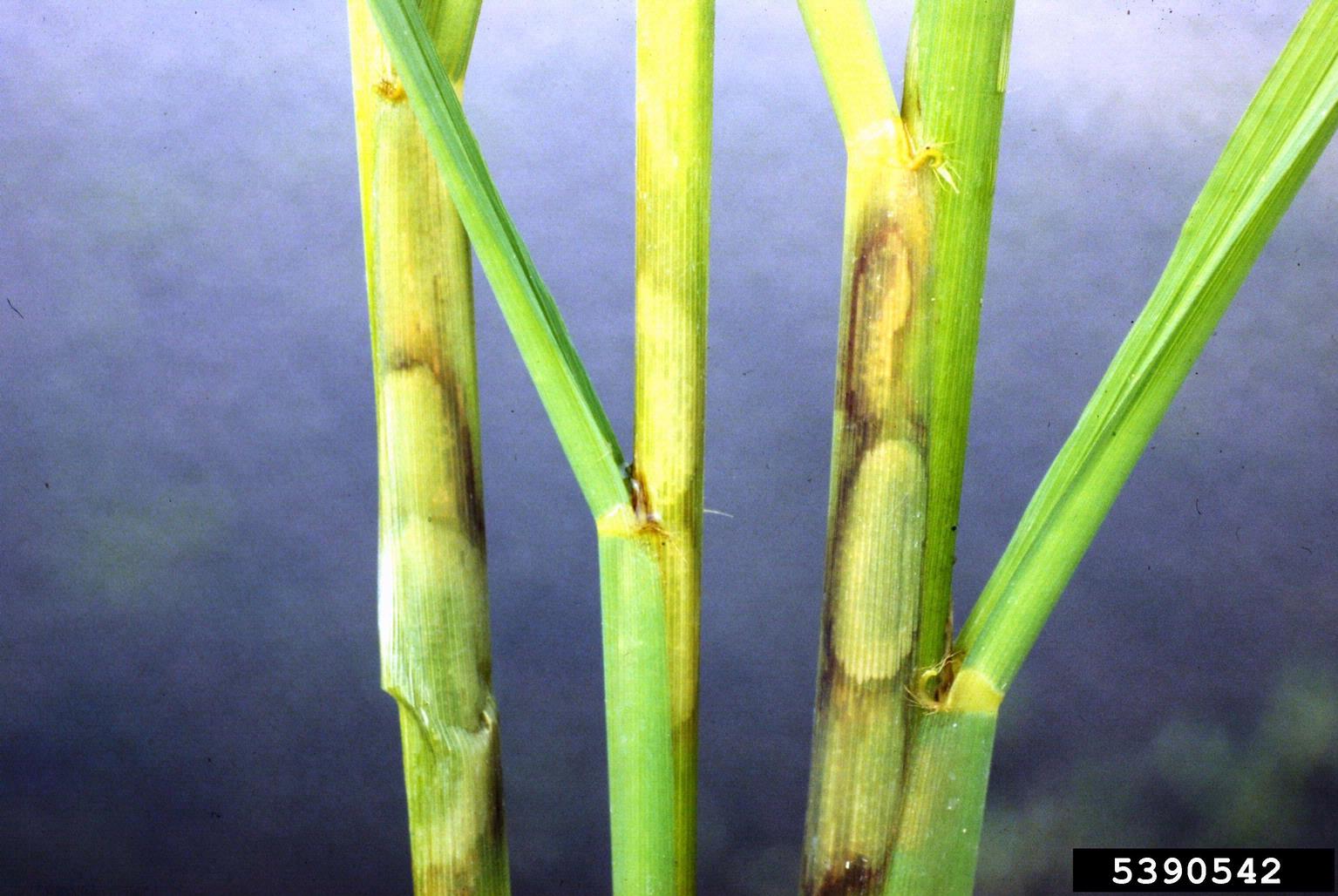 What Is Rice Sheath Blight: Treating Sheath Blight Of Rice
What Is Rice Sheath Blight: Treating Sheath Blight Of RiceAnyone who is growing rice needs to learn the basics about diseases that affect this grain. One particularly destructive disease is called rice sheath blight. What is rice sheath blight? What causes rice sheath blight? Click here to get answers to your questions.
By Teo Spengler
-
What Is Rice Straighthead: Treating Rice With Straighthead Disease
In the United States, straighthead disease of rice has been a significant problem since rice crops were first grown in the early 1900s. It appears that although arsenic is partly to blame, there are other factors as well. Click here for more information.
By Mary H. Dyer
-
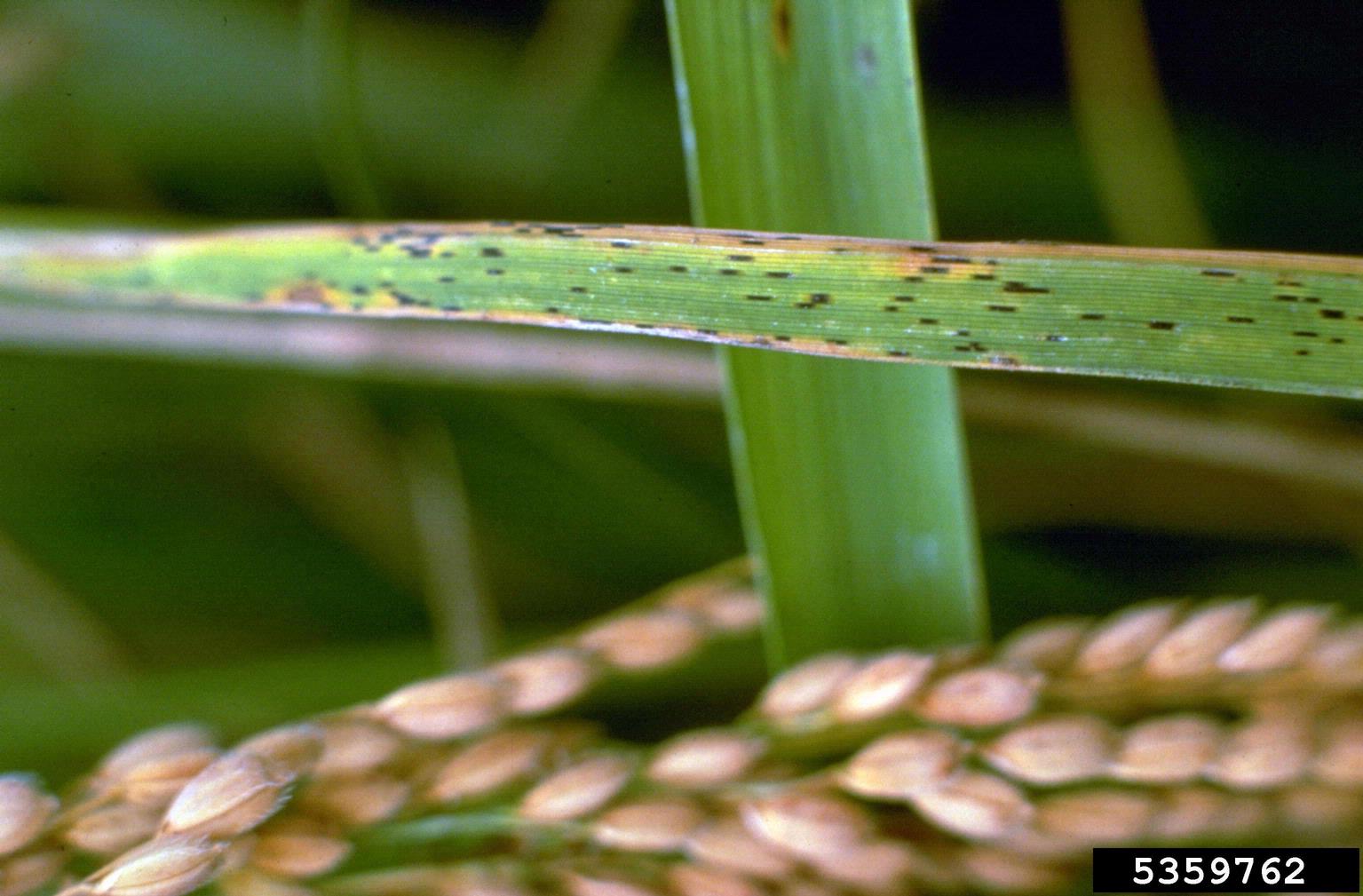 Rice Leaf Smut Info – How To Treat Leaf Smut Of Rice Crops
Rice Leaf Smut Info – How To Treat Leaf Smut Of Rice CropsRice may not be a typical backyard garden plant, but if you live somewhere soggy, it can be a great addition. Diseases can ransack your rice paddy, though, so be aware of signs of infections like leaf smut of rice and what to do to manage or treat it. Learn more here.
By Mary Ellen Ellis
-
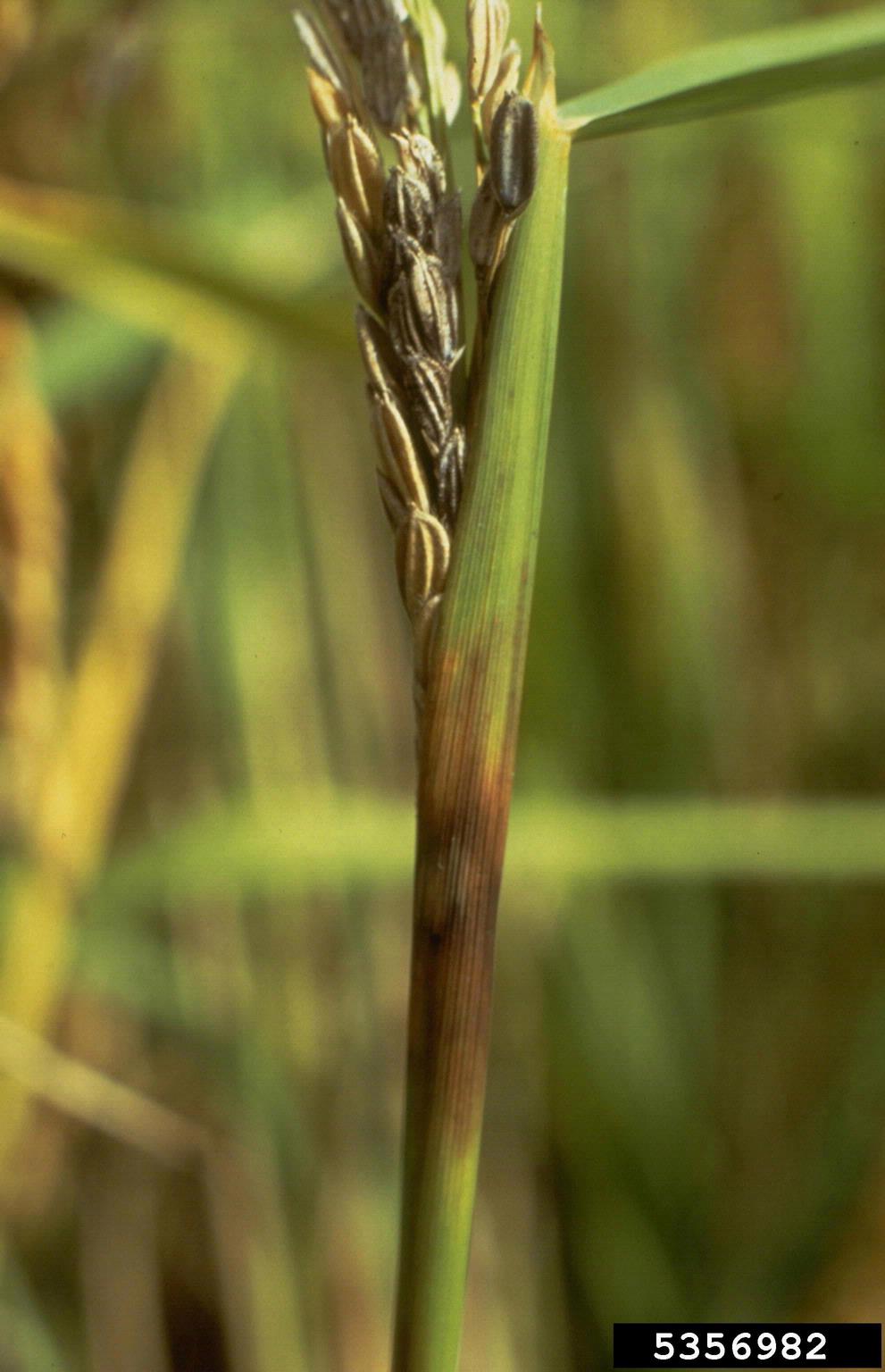 What Is Rice Sheath Rot: How To Recognize Rice Black Sheath Rot Symptoms
What Is Rice Sheath Rot: How To Recognize Rice Black Sheath Rot SymptomsRice is one of the most important crops in the world. So when rice has a disease, it is serious business. Such is the problem with sheath rot of rice. What is rice sheath rot? Click here for diagnostic information and advice on treating rice sheath rot in the garden.
By Bonnie L. Grant
-
 Kernel Smut Of Rice Crops: How To Treat Rice Kernel Smut
Kernel Smut Of Rice Crops: How To Treat Rice Kernel SmutWhether growing a field of rice crops or just a few rice plants in the garden, you may at some point come across some kernel smut of rice. What is this and how can you alleviate the problem? Click the following article to learn more.
By Becca Badgett
-
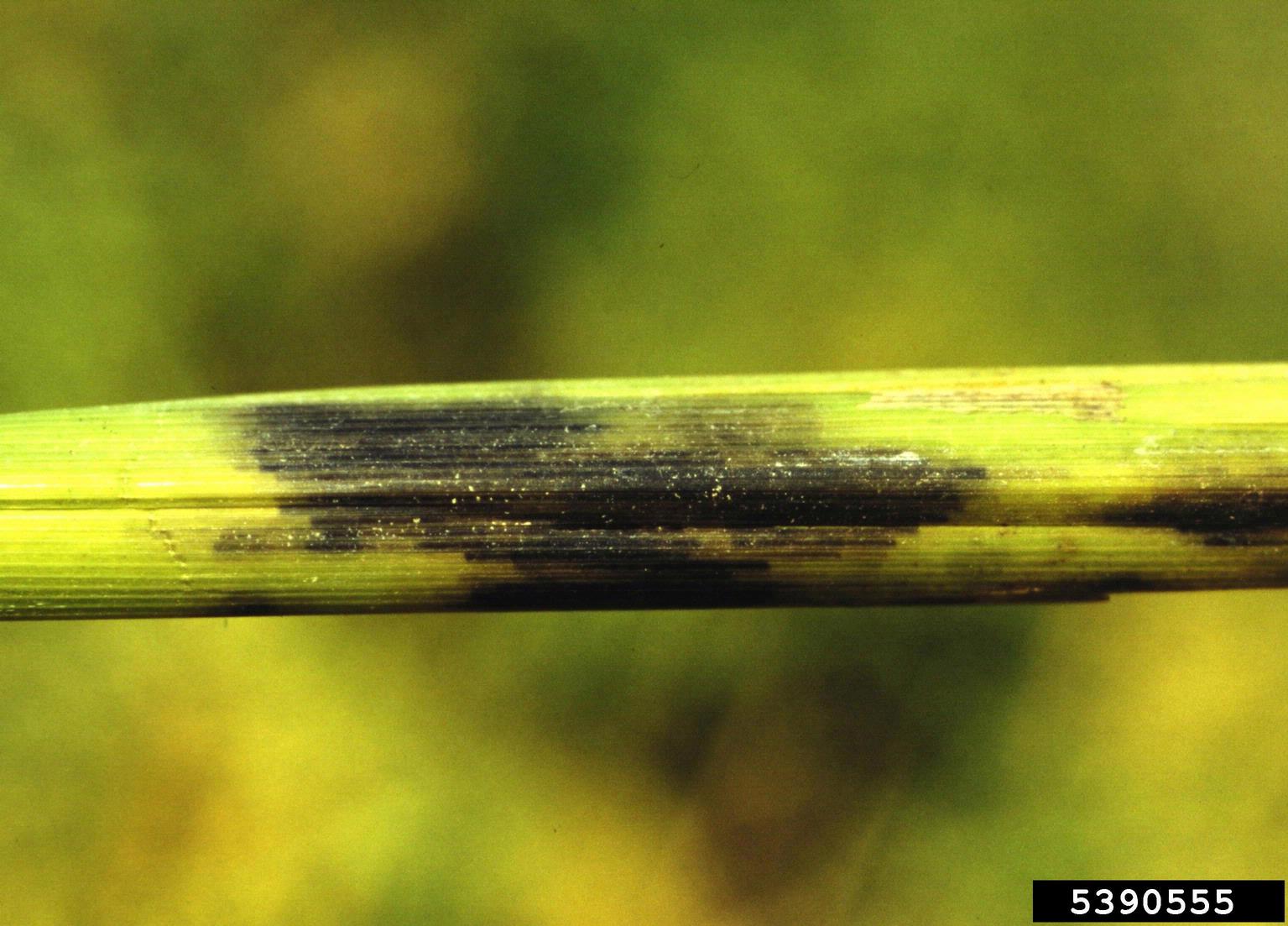 Rice Stem Rot Control – A Guide To Treating Rice Stem Rot Disease
Rice Stem Rot Control – A Guide To Treating Rice Stem Rot DiseaseAs yield losses continue to rise from stem rot in rice, new studies are being conducted to find effective methods of rice stem rot control and treatment. Click this article to learn what causes rice stem rot, as well as suggestions for treating rice stem rot in the garden.
By Darcy Larum
-
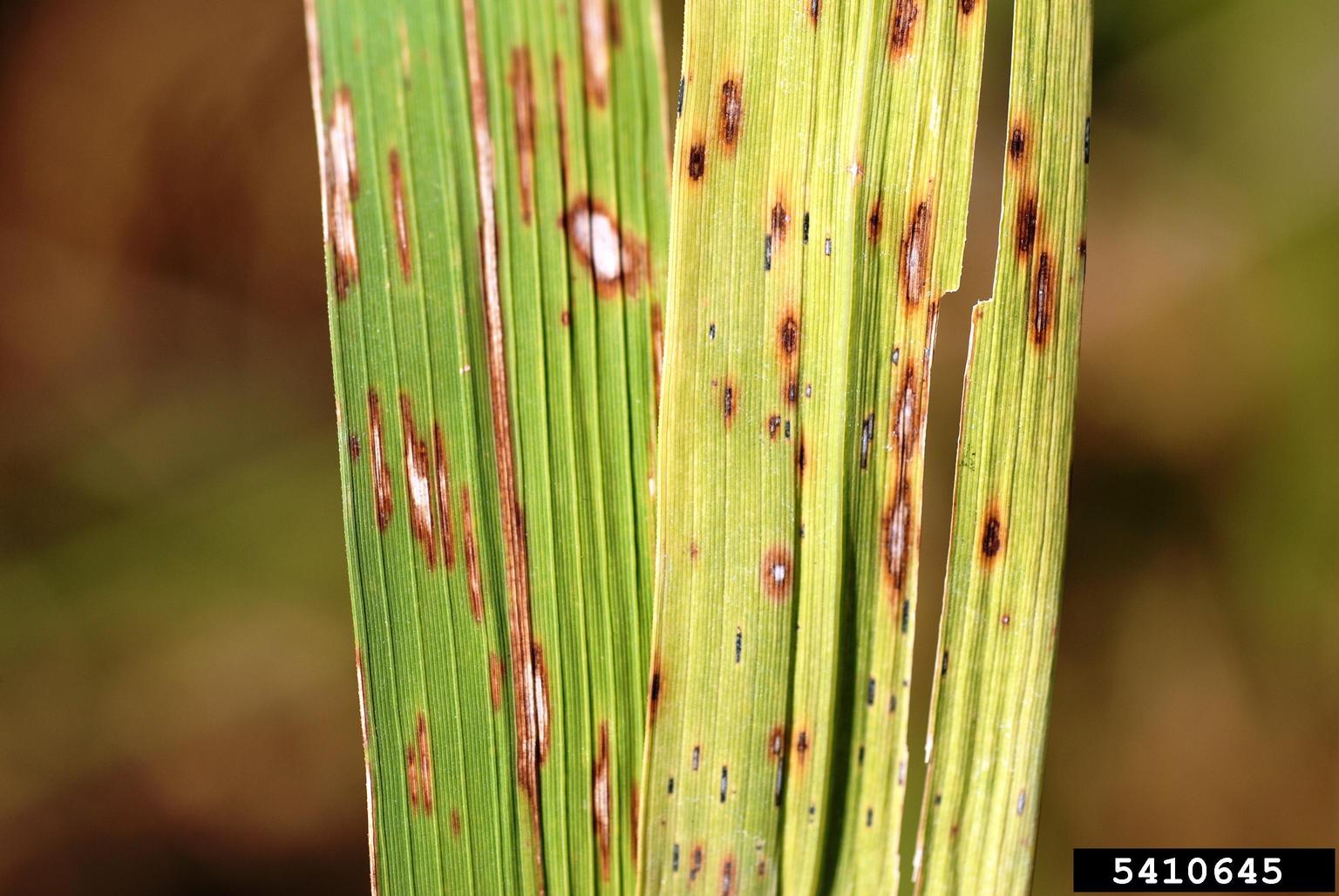 Rice Cercospora Disease – Treating Narrow Brown Leaf Spot Of Rice
Rice Cercospora Disease – Treating Narrow Brown Leaf Spot Of RiceRice can be grown successfully with careful planning and knowledge. However, many issues plague rice plants, leading to reduced yields, and even crop loss. One such disease, narrow brown leaf spot, remains troublesome for many growers. Click here to learn more.
By Tonya Barnett
-
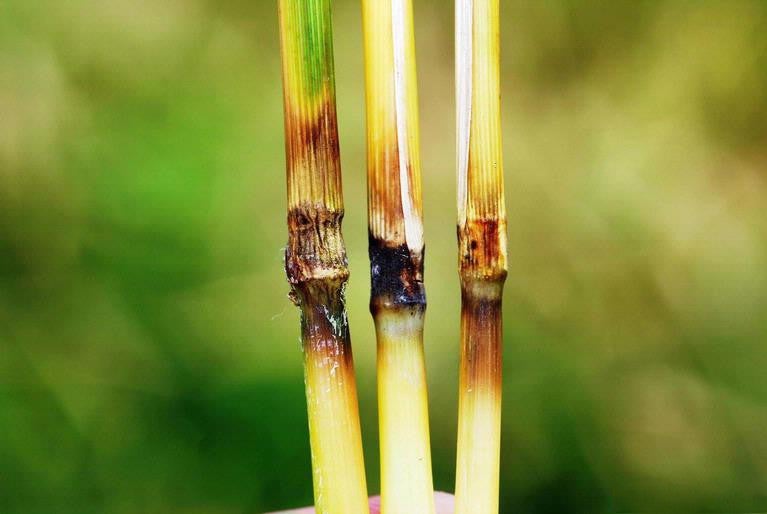 Signs Of Rice Blast Disease: Learn About Rice Blast Treatment
Signs Of Rice Blast Disease: Learn About Rice Blast TreatmentWho doesn’t like rice? It's easy and quick to prepare, it's delicious and nutritious, and it's inexpensive. However, a serious disease known as rice blast has caused devastating crop losses throughout North America and other rice-producing countries. Learn more here.
By Darcy Larum